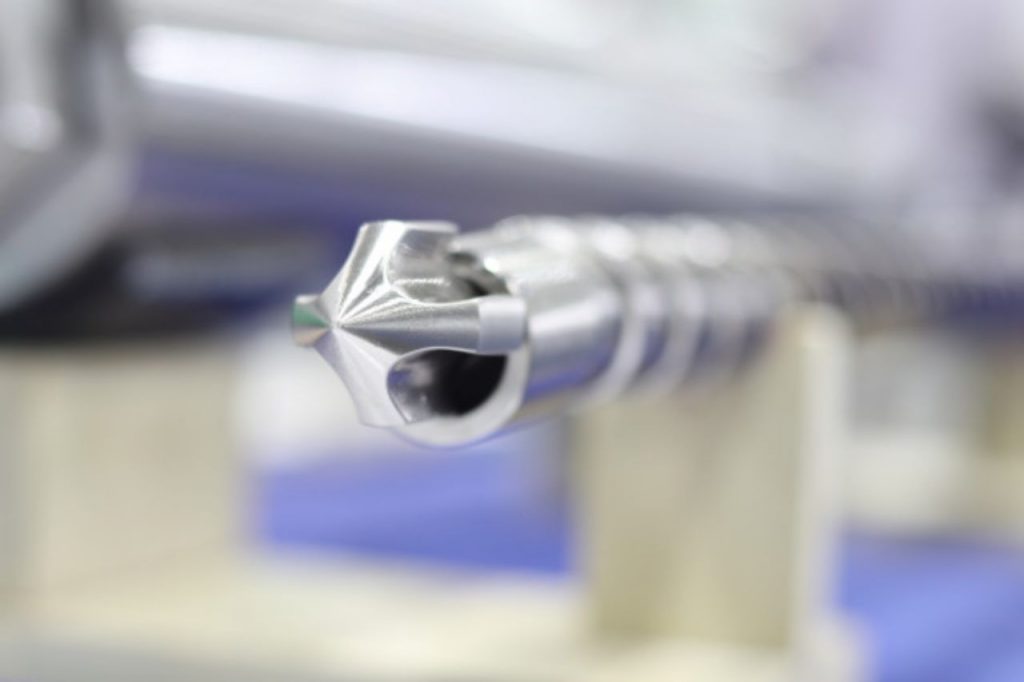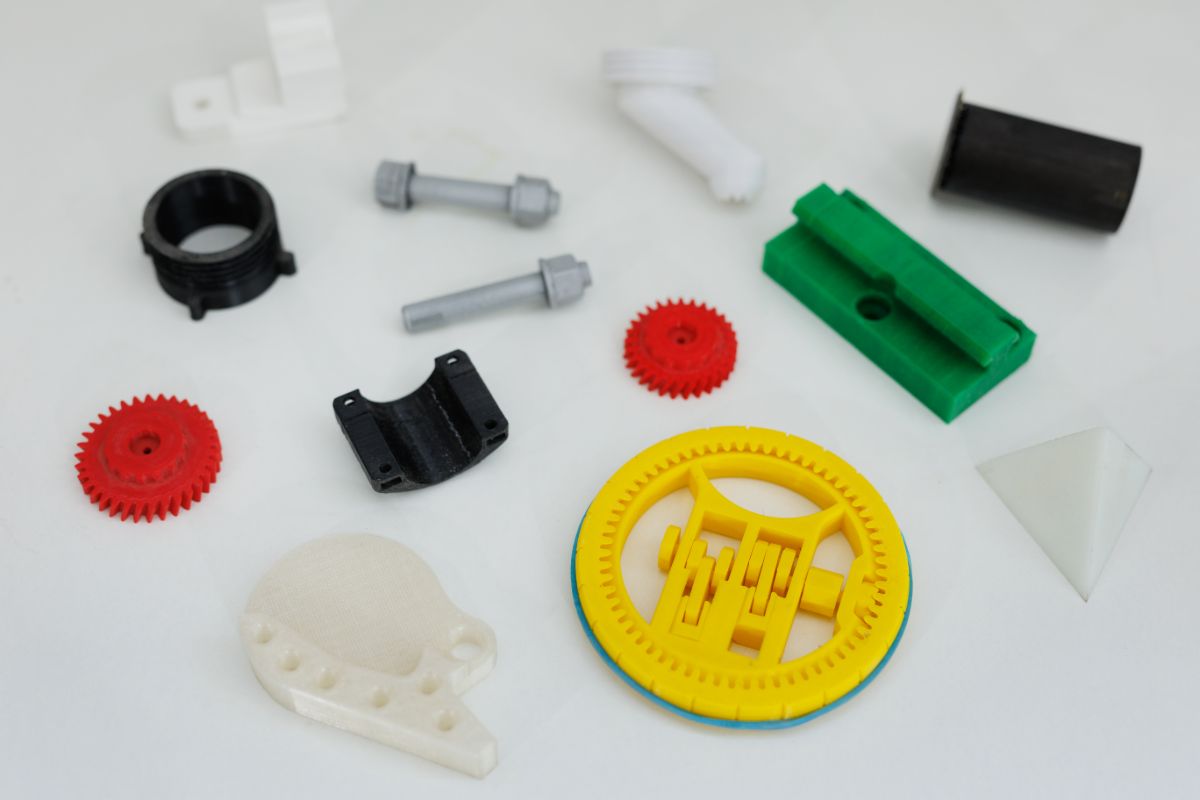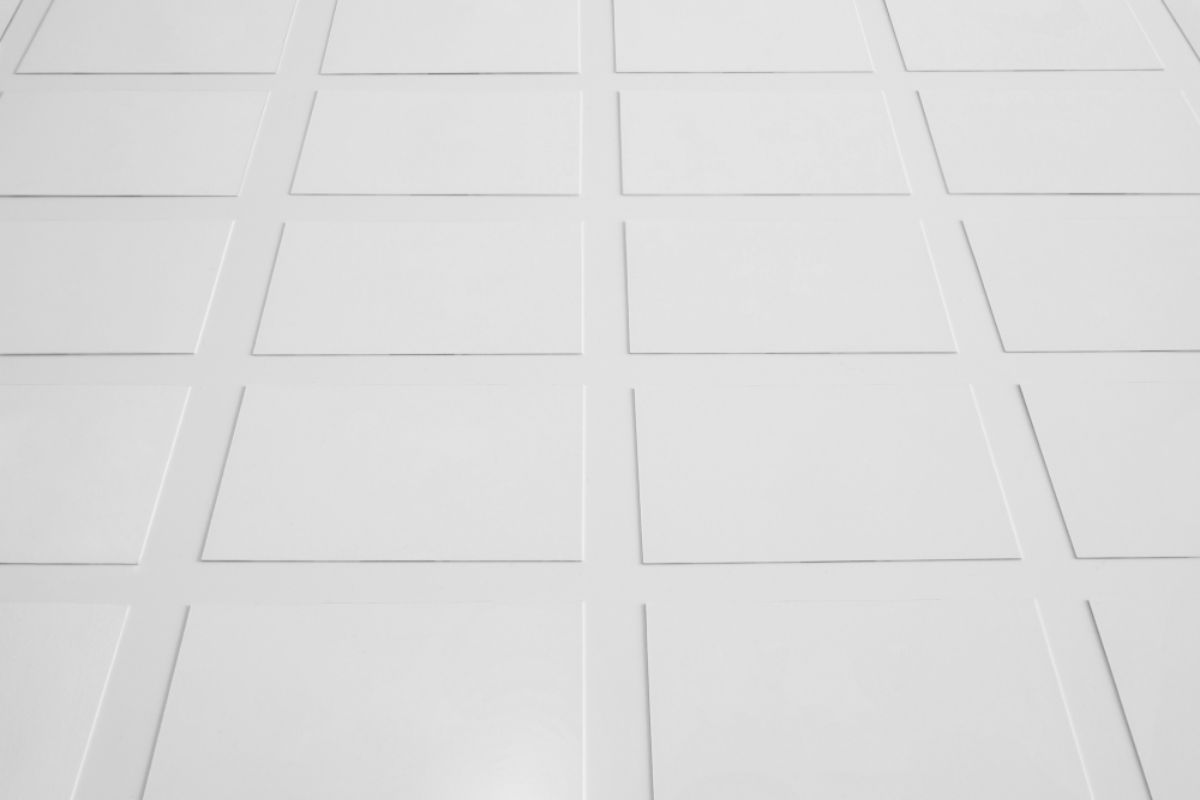Before undertaking any injection molding project, any molding company in China understands how crucial it is to determine the press size of the injection molding machine. For clients that are new to the industry, bigger doesn’t always translate to better. The injection molding process may remain straightforward, but this isn’t always the case as different industries have varying requirements on molded plastic parts. Manufacturers will ultimately have to follow a guide to injection molding of large plastic parts so that the manufacturing process remains consistent and meets tight tolerances.
What Is Large Part Injection Molding?
There is no drastic difference between normal injection molding and large part molding. Both start off with pre-manufactured resin pellets that are poured into the feed hopper, through the nozzle, and heated before being transmitted through the mold’s runners. The main difference, however, has to do with the tonnage which directly affects the clamping force of the machine. When the surface area of the molded part is sizeable, this also requires greater tonnage from the machinery — typically classified as 500 tons of clamping force and above.
Choosing The Right Equipment
With all of the above in mind, if you’re coming up with a prototype for any large plastic part, you have to make sure that your manufacturer has the right type of equipment. Generally, a large injection molding machine can take up too much resources. Industry standards set the size for a large molding equipment at an estimate of 40’ x 8 x8. Due to the sheer size, they may cost upwards of $250,000.
Any standard plastic molding machine that’s engineered for large parts will require the assistance of other equipment to support it. This is because the parts processed and ejected from these machines tend to exceed 10,000 lbs in weight, needing heavy machinery to lift, transfer, and store in the designated location.
Just as your firm would have to choose a company that houses these machines, you also need to consider their capabilities. Ask your prospect molding companies if their manufacturing plant size is adequate enough to house these machines and large molds subsequently. Make sure that they also have the resources to operate, maintain, and repair components of these large tonnage machines, if needed.
Incorporating Gas Assisted Injection Molding
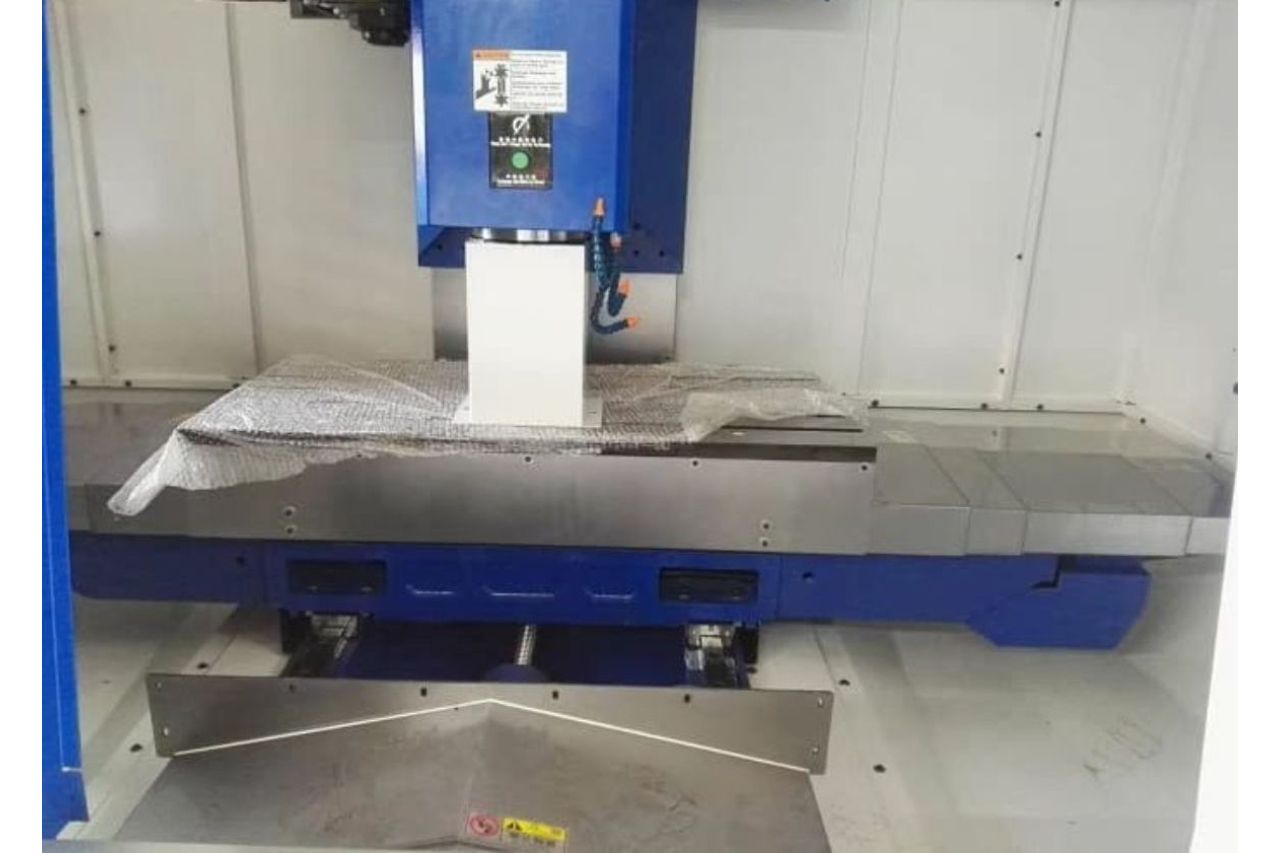
One of the more innovative developments in injection molding is gas assisted molding which improves the way plastic parts are produced. A large part molding manufacturer will want to incorporate gas assisted molding in their processes as this improves quality, greatly reduces cycle times, and lessens the weight of the finished part.
When plastics are heated, cooled, or undergo any kind of reversible physical transformation, stresses tend to be introduced into their workings. These internal stresses lead to material shrinkage or cracks as the part undergoes cooling. As a way of preventing this from happening, gas-assisted molding is introduced to the molding system. This is done in order to ensure that all the molten resin required for the mold fills its cavities and that the material maintains consistent surface contact throughout the entire cycle.
Aside from the large tonnage needed for any large molding process, a dedicated gas-assisted implementation is also required to fulfill large manufacturing requirements. The use of a gas medium allows a better dispersion of pressure throughout the molding, thereby reducing the injection rate or hydraulic shot pressure as the molten resin travels from the runners and into the cavities.
Maintaining Injection Pressure
Different types of pressure forces are at play in just one molding cycle. As you’ve learned previously, one of these is clamping force, or the force required to close the mold during injection. When the low clamping force/pressure has not been configured to the right values, the mold will be prematurely opened, thus creating flashes on the part.
Understanding this, the machine operator should understand how to properly control the opening and closing of the mold. This process is meticulously supervised by the mold operator because the capabilities of the machinery affects the volume of parts per hour, cost, and cycle times.
Therefore when it comes to injection pressure (a type of injection molding force applied by the reciprocating screw in the machinery), this should always be balanced against the machine’s clamping pressure. Calculations for injection pressure can be done by determining the part’s size, shape, and the dimensions of the gate opening.
Molding firms will normally want to produce as many large parts in a single cycle as possible, since this reduces time-consuming efforts and labor costs. But, this won’t always be possible due to the limitations of the machinery. For example, an empty mold cavity will allow easier flowing of molten resin due to the lack of resistance at the start of the cycle.
However, when the cavity has been filled up to 90% or above, spikes in the pressure can lead to flashing or force the mold to open. This is why the injection pressure has to be controlled during the changeover point where the cycle starts switching over to the holding pressure.
Determining Wall Thickness
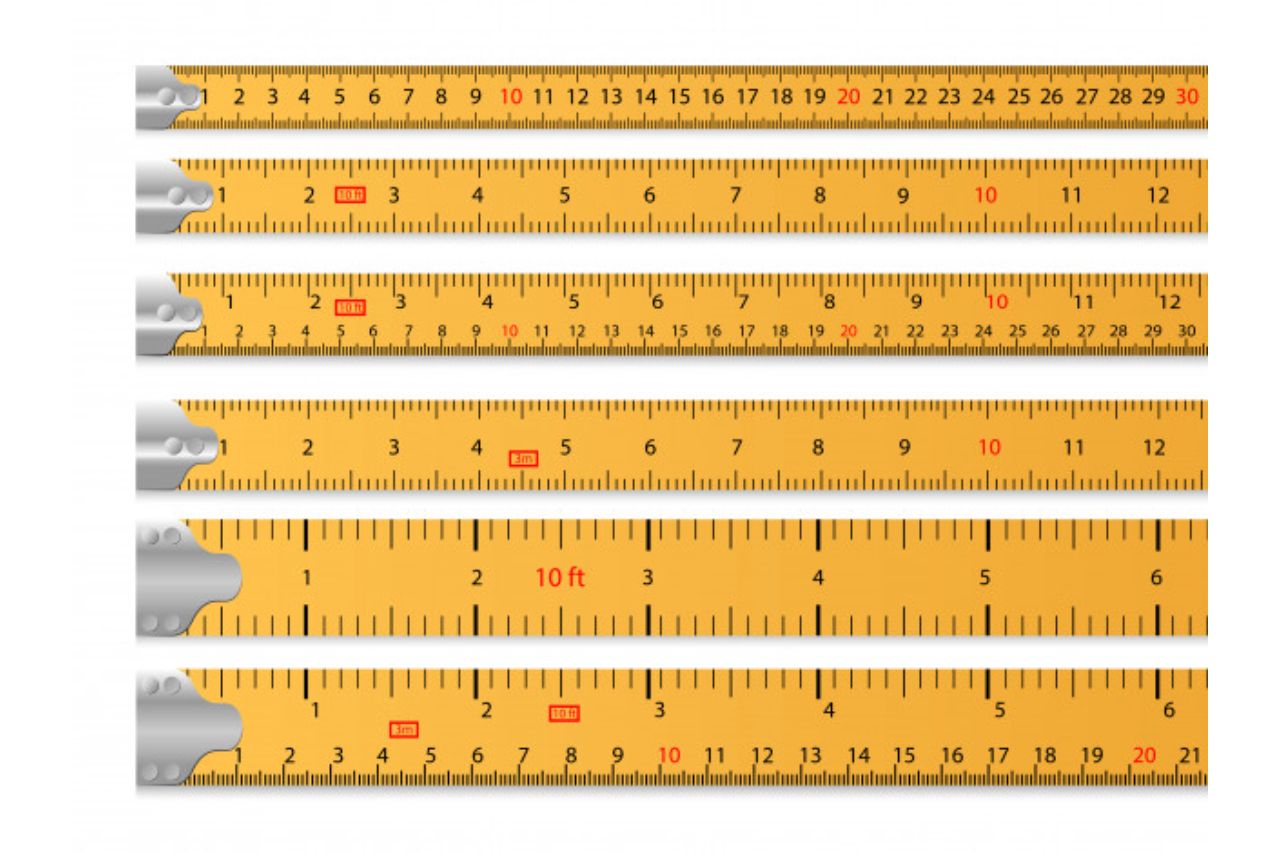
Finally, a large part injection molding project always considers the wall thickness of the mold. Ideally, thicker wall sections will offer move volume or room for the molten plastic resin to flow. More than just that, they also provide excellent insulation to the resin, thereby allowing it to flow freely and further throughout the mold’s cavities without requiring an increase in pressure.
When working with a plastic molding company to determine the design of the mold, choose one with a greater wall thickness as much as possible. The cost of manufacturing the pre-hardened steel mold may be higher, but you’ll end up with better cost-savings due to a reduction in molding issues.
Key Takeaway
In this short guide to the injection molding of large plastic parts, you’ve tackled some of the many few requirements needed before starting any large injection molding project. As mentioned, the injection molding process involves similar steps all throughout, but large parts have specialty requirements.
You have to be able to work with a professional molding company in China like Richfields Plastics for any successful large part mold. We have the right tonnage of machinery available, can perform gas-assisting, and will assist you throughout the project lifecycle. Click here to request a quote!
